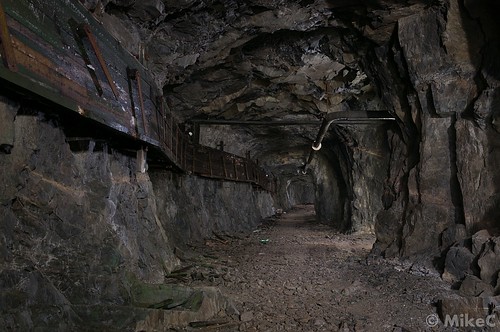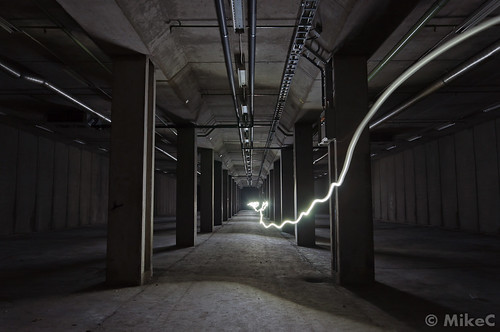If you know you are going to use zoomies for photography I suggest you get a charger for 18650s. If you do build and AA light that can output as much power, you will be carrying a lot of AA batteries, and you’ll be spending a lot of time charging them all. A decent charger for 18650 cells doesn’t cost that much, like Nitecore I2 or I4. Then you can get cells for $1 each plus shipping here: For sale Sanyo blue tops 18650's SOLD or here: For Sale Panasonic CGR18650 E Batteries $1 each (Sold) But I have lots of Sanyo's left!
I use zoomies for amateur photography. Keep the AAs for your flash and go for 18650s for the lights. There is no good reason not to.




